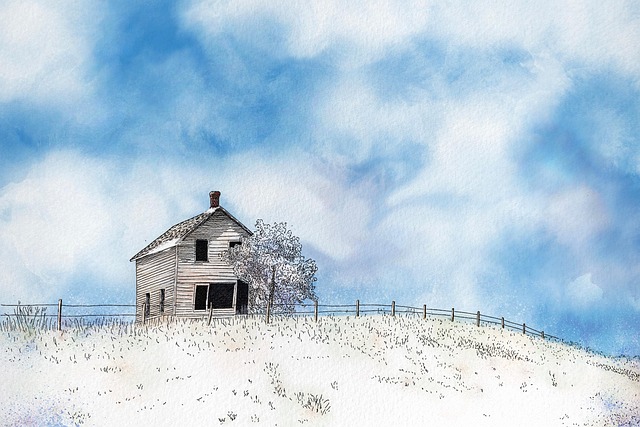Introduction
Coastal areas present unique challenges when it comes to fencing due to relentless winds, salt air, and frequent moisture. This article explores durable wooden fencing as a robust solution for these harsh environments. We delve into the benefits of this material choice, offering both aesthetic appeal and longevity. Additionally, we guide readers through selecting appropriate wood species, installation best practices, and maintenance tips, ensuring coastal fences withstand the test of time while enhancing property values.
- Understanding Coastal Fencing Challenges
- Benefits of Durable Wooden Fencing
- Choosing the Right Wood Species for Coastlines
- Installation and Maintenance Tips
Understanding Coastal Fencing Challenges
Coastal areas present unique challenges when it comes to fencing due to their harsh environments. Salty air, frequent rainfall, strong winds, and potential exposure to saltwater can severely impact traditional fencing materials over time. These conditions require fencing solutions that are not only durable but also able to withstand extreme weather conditions.
One of the primary concerns is the material’s resistance to corrosion and decay. Wooden fences in coastal regions must be made from robust, treated timber or composite materials designed specifically for outdoor, high-moisture environments. Additionally, proper installation techniques, including elevation off the ground and adequate drainage, are essential to mitigate moisture issues that can lead to rot and weaken structural integrity.
Benefits of Durable Wooden Fencing
Durable wooden fencing offers a range of benefits for coastal areas, making it an attractive and practical choice for homeowners and businesses alike. Firstly, wood is a naturally beautiful material that enhances outdoor spaces, providing a warm and inviting aesthetic that complements coastal landscapes. With proper treatment, wooden fences can withstand the challenging conditions of the coastline, including salty air, high humidity, and periodic exposure to rain and sun.
These fences are also highly versatile and customizable, allowing for unique designs that cater to individual preferences. They provide excellent privacy and security while contributing to the overall value of a property. Moreover, wooden fencing is an eco-friendly option as it can be sourced sustainably and often requires less maintenance compared to other materials, leading to long-term cost savings.
Choosing the Right Wood Species for Coastlines
When selecting wood for coastal fencing, understanding the local climate and environment is key. Saltwater exposure, frequent rainfall, and strong winds can accelerate wood decay, so choosing a durable species is essential. Hardwoods like cedar, redwood, or cypress are popular choices due to their natural resistance to rot and insects. These woods have high oil and resin content, which acts as a protective barrier against moisture.
Considered especially suitable for coastal areas, Western Red Cedar is renowned for its longevity. Its unique properties include excellent dimensional stability and a beautiful natural finish that withstands the elements beautifully. Alternatively, treated wood options offer enhanced durability, ensuring your fence remains robust and requires less maintenance over time.
Installation and Maintenance Tips
When installing durable wooden fencing in coastal areas, it’s crucial to ensure proper preparation to withstand harsh weather conditions. Start by clearing the site and preparing the ground accordingly. Use treated posts for a solid foundation, and make sure the fence lines are straight and level. Pre-drilling holes for screws or nails can prevent split wood, enhancing overall stability. Regular cleaning with a pressure washer will remove salt buildup, which can damage the wood over time.
Maintenance is key to preserving your coastal fencing. Apply a fresh coat of protective sealant every few years to shield the wood from moisture and UV rays. Inspect the fence regularly for any signs of rot or damage, addressing issues promptly to prevent further deterioration. Consider planting sea-grass or other low-growing vegetation around the base to help protect the fence from strong winds and storm surges.
